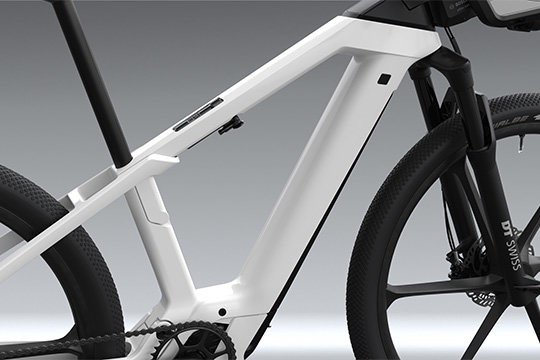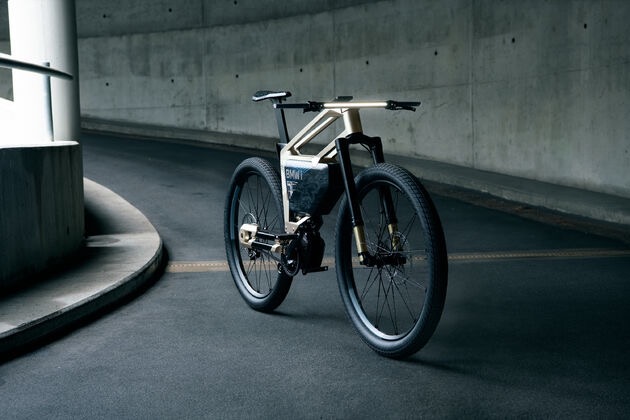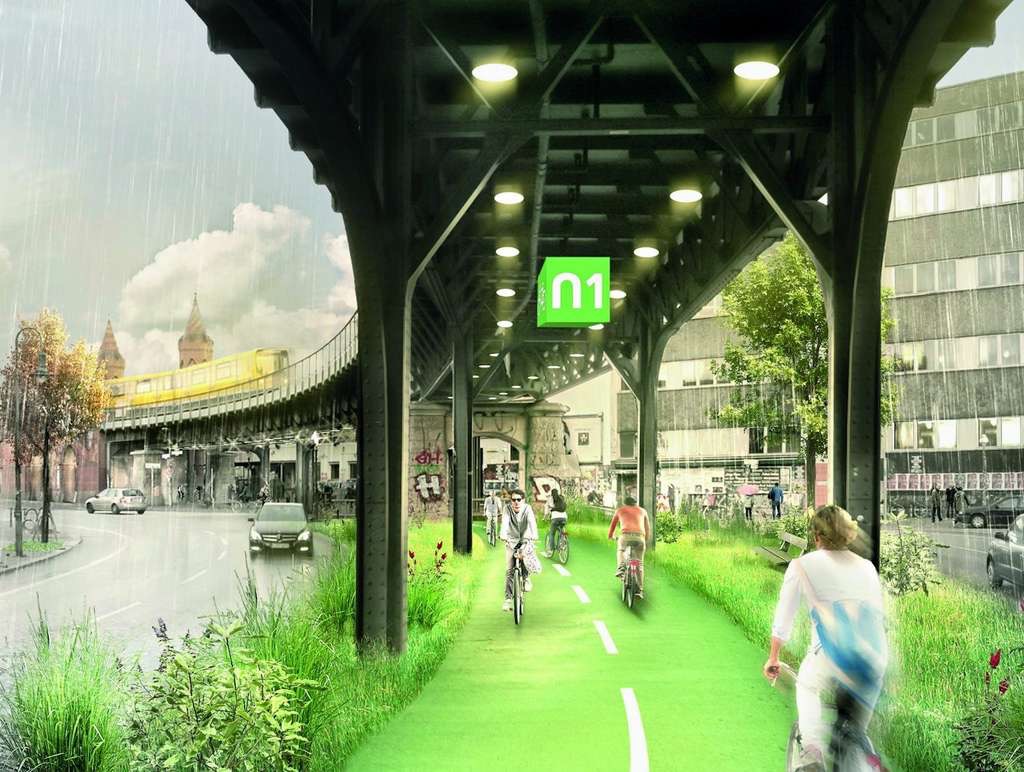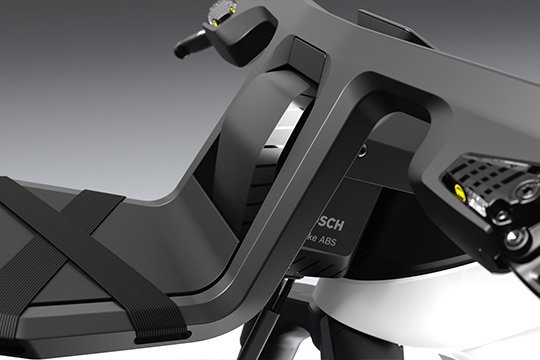From part 1, we have acknowledged the e-bike segments in three different parts of the world (EU, USA, and China). Interestingly, we examine 3 different regards for the future of the e-bike market in these distinguished countries. Consequently to the Covid 19 crisis, creating mobility frustration, and developing social distancing amongst us, a lot of people perceived e-bikes as the best solution to rally a destination safer and quicker. At first sight, the e-bike gathers many favorable criteria to the scale of the current users’ demand. Its ease of operation, its compact size, its low operating cost, its little carbon footprint, and its zero gas emission are assets that can lead to a decision on its purchase.
But mentalities are not the same everywhere, developed technologies are aimed differently, and unexpected crises ahead of us, influence its future march of progression.
Knowing also that technological and social innovations are appearing in our lives rapidly, creating new uses and new users for this mobility

Though, in time where things go by leaps and bounds, change fast and furiously, imagining what lies ahead seems pretentious. But a reasonable prediction can be seen.
In the heart of mobility
In a concern of health protection (social distancing) and environmental awareness (climate change), no other mode of transportation gained such popularity in 2020 than the bike and especially the e-bike market.
And for the fact, there are numbers that don’t lie. From the ECF (European Cyclists’ Federation) numbers and perspectives, « E-bike is the biggest driver of the market surge, recording a 23% sale between 2019/2020 despite many shops being closed during spring. By 2030, experts expect e-bike sales to reach 17 million annually in the EU.». Today, e-bikes appear to be the pillar in the bike industry (50% of the total sales were e-bikes in 2020), supported also by the huge potential of cargo bikes (electric or not), and the role they can play in greening our cities.
If the evolution of the E-bike 25 appears likely (city, hybrid, or E-MTB), we are at its first phase. A new mobility, as a whole, is about to take place.
Among them, shared mobility in E-bikes, constantly widening, will affect the growth of its popularity within the population. Simultaneous, cargo e-bikes will pop up gradually in the picture whether to substitute delivery vans, soon unable to operate in city centers, or as a personal vehicle to drop children to school and grab groceries at local stores. This new mobility landscape lives up to an enormous promise.
Europeans, inked with a solid background in cycling, approach the characteristics of the S-pedelec 45 with a stricter look: its high speed (45km/h) doesn’t correspond to a normal speed for a bicycle. Amid heightened concerns about public safety, unless specific bike lane speeds are defined for them, S-Pedelecs 45 will not have strong demands at this time in the E U. Add to that, its constraints related to its approval motorcycle that can cause a brake to its purchase.
Also, off-road, they could lead to a higher rate of trails and environmental damage. The high environmental concerns are therefore not consistent with S-pedelec in this case.

But lots of activists in the bike or moto industry seem to push for them. A proposal, initiated by them to the European Commission, to move S-pedelecs 45 away from motorcycle category to bike category, in order to support the continuous growth of this sector introduced by the European Green deal. BMW has presented already a high-speed Pedelecs (pedal-assisted) aka BMW I Vision Amby, with a 3-speed mode that allows the drive to either 25 km/h, 45 km/h or 60 km/h: each top speed adjusted automatically selected by recognition of road type via geofencing technology. Defying categorization?
In the USA, where cities plans are larger, distance range higher, and e-bike regulations slacken, S-Pedelecs 45 might have an interesting niche appeal there in the purpose to commute.
In China, the electric bike (e-moped type) has not yet reached the expected numbers. For the next 10 years, it will continue to address the most exclusive end of the e-bike market. Even if some city administrators see them more as a threat to cluttering pedestrian walkways (we experienced the same with trotinette in Europe), nevertheless it solves episodically pollution problems and car congestion. It doesn’t mean that a more modern type of e-bikes won’t garnish the streets! It just might have a slower pace.

New utilities and new users
Mobility is a fundamental freedom in life! Just remember your first ride, as a little kid, finally stabilizers off, on your first bike. The link was broken. We all had the same sentiment of freedom; from this present moment, we had the capacity, by our own means, to venture anywhere.
Riding an E-bike can reproduce the same exact sensation. During the Covid crisis, many people gave themselves the favor of getting back on a bike and felt back this pleasure.
As a result, we have seen inner cities, where the place of the private car is reduced year after year, granting spaces to new infrastructures (pedestrian space, bike lanes, greener space) inside them, and embracing inter-modality (combining different modes of mobility in a seamless travel experience) as a better solution to air, noise pollution. This ongoing movement catalyzes all the hope for environmental purposes in reducing emissions of carbon dioxide, fine particulate matter, and other such pollutants. In parallel to these benefits, it contributes to better health, safer rides, and higher quality of life for people.
For more than 10 years, we have been experiencing a vertiginous acceleration of technological and social innovations that are changing our habits and generating new methods to adapt ourselves to them. It goes so fast that sometimes, we don’t have time to harmonize their uses. Take the remote jobs for instance. They have become part of our work habits. This sudden social innovation is changing the cards of mobility differently! Less travel to get to work converts into more mobility services to bring them home. A bigger volume in mobility can appear, altering the load capacities of the electric vehicles’ delivery and their frequencies.
What else? More technologies?
The transition from fossil fuels to renewable energy sources will surely be the biggest challenge of our century. The electric production needed in the next decades will be strongly increasing. Indeed, nowadays, the promotion of any electric vehicle is such, that a huge amount of energy could be required in a few years. And we still haven’t found a solution to compile the soon lack. If for many the solution lies in one or more new technologies able to provide this electrical capacity, the other would be to promote means of self-production created by the movement of the electric vehicle, or by installing photovoltaic sensors generating its autonomy. For the latter, the difference would be huge for the development of electric mobility. But will E-bikes remain pedal-assisted then?
For some years already, Chinese city centers have already been transformed to bring a new approach to mobility to its population. China’s major work on green mobility relies on technology. Although E-bike technologies developed there are primarily aimed to satisfy the European and North American market. Without many historical backgrounds for bicycles (even though China has the most bicycles and electric bikes), the E-bike remains practical and economical for most people who want to get around.
In China, mobility R&D is committed, motivated, and effective to cope with the increasing population of cities: that of autonomous mobility. The autonomous vehicle is likely to shift a substantial portion of the mobility segment away from ownership, reducing the number of cars. Supported by high connectivity and without concern for privacy or civil rights, facial recognition or other forms of personal connectivity are commonplace, whether it’s paying a bill, opening the door to one’s apartment, or taking a bike share. Between autonomous vehicles and strong connectivity, the future of mobility in China is mapped out, leaving the Chinese electric bicycle market uninterested.

Are u serious?
We used to be in love with speed, now we are caught up in speed.
Notice that we see growing a gap, day after day, in our lives, between what our society produces and those who live in it. As soon as education is acquired for a job, it has already been outdated before reaching the labor market, or worse, the skills obtained are no longer in demand. Obsolescence is an integral part of our daily life, just like the digital equipment we own, which always needs to be updated. Connectivity in our society is in the air of time: house, supermarket, fridge, car… everything is connectable. We can understand the enthusiasm of e-bike manufacturers to follow this trend and to attribute it to their products.
Have you ever felt aggrieved by the abundance of updates required, of troubleshooting to solve for your mobiles, computers, or applications? Today, unconsciously and because of our routines, you would say no immediately. But at the time of use, when we are confronted with the rituals of computer complications, does not a weariness seize in us, hoping to avoid them or not to have them?
We can fear that these technologies on connectivity become too anxiety-provoking and complicated for people. Isn’t disconnection the ultimate goal of a bike ride?
For the rest, if electricity on an electric bike becomes the main source of energy to run the pedaling assistance, the gear change, or to set the anti-theft security, can we wonder how we would be able to operate it if an electricity crisis occurs, turned out to be unaffordable or unavailable? Without mentioning of course the batteries where the subject of its recycling is still to be solved (even if programs of its recycling are in progress).
Behind its will to promote an energy transition and soft mobility contributing to a better environment, can the E-bike find a minimalist conscience, far from a computer overkill, essentially paced to a reasoned production to maintain this environmental image? Claiming to fight against the insensitivity of the fossil fuel era, doesn’t the E-bike get rid of its main sensibility which was at the base of its simplicity of functioning and its eco-friendly side?
The e-bike craze, like all soft mobility, has settled in the heart of environmental and sanitary concerns of the moment as salvation. This rising craze is now focusing all activists on the development of new features or new connectivity technologies. New infrastructures allowing their practical and secure uses have multiplied. But we already know that the coming energy transition will be punitive. This transition could change the future of our e-bikes. Swung between the angelism of its virtues today, the radicalism of its dependence on energy, and the possible catastrophism of future crises, the spectrum of the possible is large concerning its situation and its future durability. Today we understand that electric bikes and normal bikes are close in their function and operation. In the future, however, the gap could progressively widen to the point where we might not need to pedal to assist its motor! The categories established today will not be the same tomorrow. And we might not categorize them as bikes anymore. People’s lifestyles will change and other mobilities will emerge to satisfy their needs. Some of the freedom you felt that day on your first bike without stabilizers may not happen again. Or in another way!